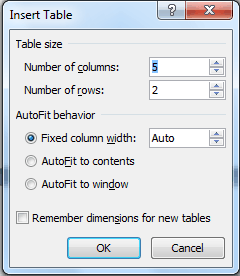

The simplest way to do this is to turn on table guidelines. Now, after you remove table lines, you'll need a way to mark the boundaries of the cells ( so you can see what you are doing). In the Default Cell Lines section, click the Line button to open the palette. To remove all of the lines in a table at once, right-click in the table and choose Borders/Fill. The sample cell in the Properties for Table Borders/Fill dialog box shows you how the lines in a cell will look with your selections. The sample cell shows you which lines you have removed ( see Figure 2). Now, click the Left, Right, Bottom or Top button to open the palette. Right-click in the cell ( or selected cells) and choose Borders/Fill. To remove lines from a cell ( or group of cells), click in the cell ( or select the group of cells). This is important, because you need to know which line( s) to remove to achieve the intended effect. There is no table border, so the lines you see around the edges are actually the left, top, right and bottom lines of the perimeter cells. When you create a table, there are single lines on the left, right, bottom and top sides of the cell. You get all the advantages of tables, without the "grid" look. When you do, it's transparent to anyone using the form that they are actually working in a table. Without a doubt, the secret to creating an attractive form is removing the lines. The Table QuickMenu gives you access to the most frequently-used commands in just one right-click. The list of commands is so comprehensive that you may not need to use the Table menu at all. To display the table QuickMenu, right-click in any table ( see Figure 1). Using the QuickMenuīefore you go any further, allow me to show you the fastest way to get to table commands–the QuickMenu. In a nutshell, you get exactly what you want with a minimum of fuss. All forms have lines–you can add lines with varying thickness, color and style. Most forms have titles that you don't want changed–you can protect them. Also, when you type in a table cell, the text wraps within the boundaries of a cell, and you can create "boxes" for information that are as small or as large as you need.

That means you can format a cell with bold, or a larger font. For a start, you can format each table cell independently of the others. Whether you are filling out the form on-screen, or printing it out, tables offer huge advantages over the other methods. They look like spreadsheets, not forms! After showing me a few tricks, she convinced me that tables are the way to go. Tables have lines, and all of the cells are the same size. When a friend suggested that I use tables to create my fill-in-the-blank forms, I thought she was crazy. Creating Forms with Tables By Laura Acklen's


 0 kommentar(er)
0 kommentar(er)
